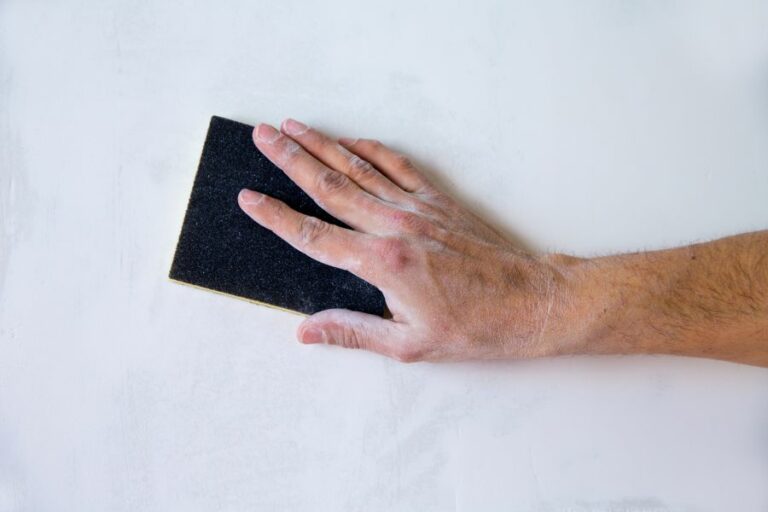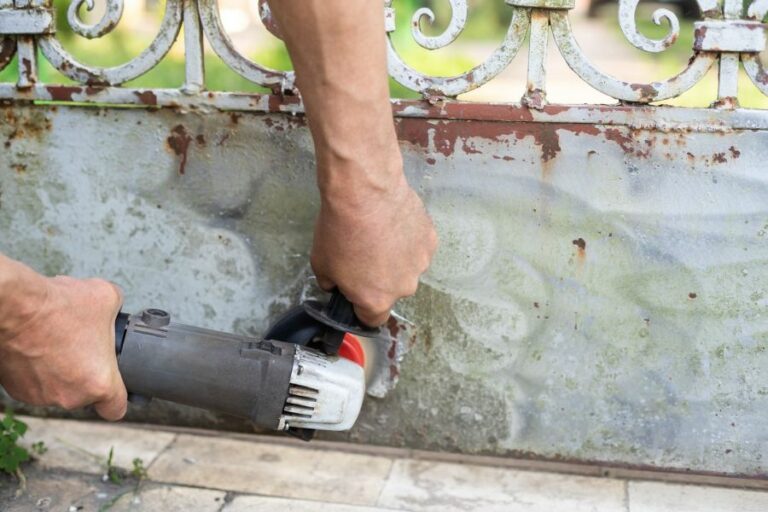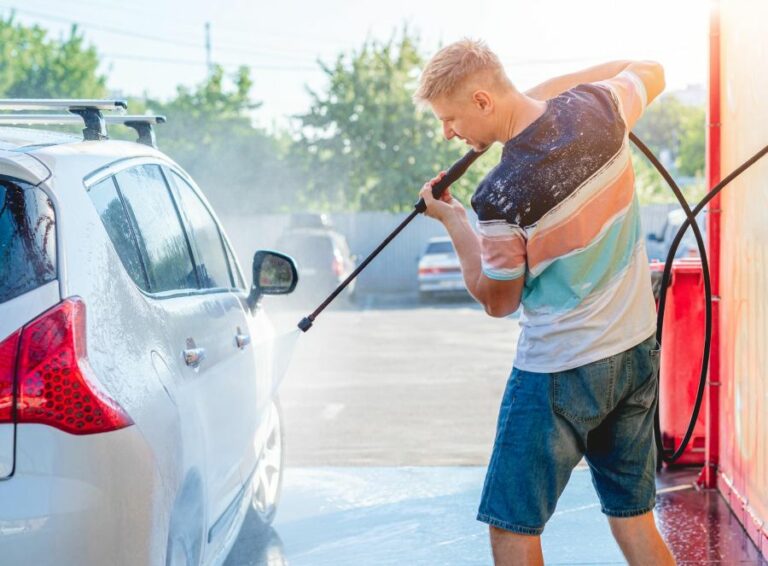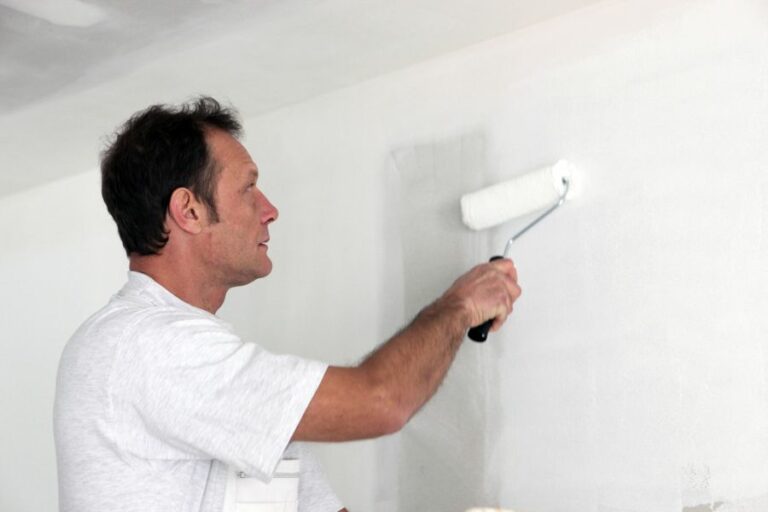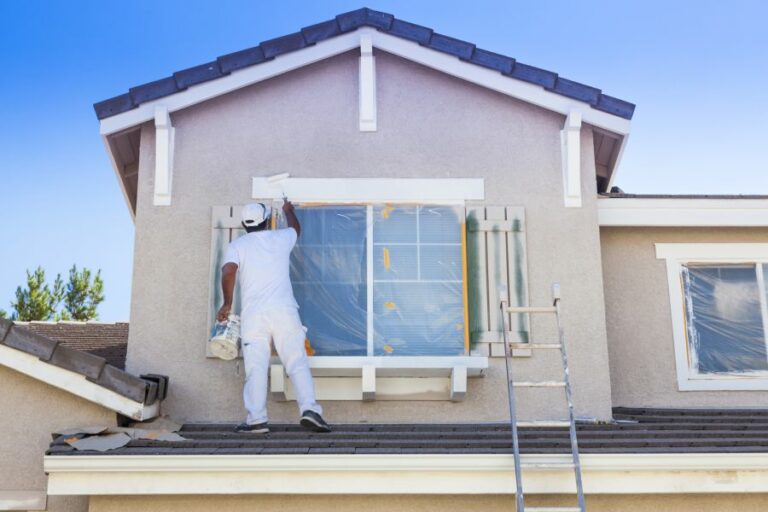Exterior And Interior Chemical Cleaning Techniques
If there’s one thing we know for sure, it’s that cleaning can be quite a challenging task, especially when it comes to exterior and interior chemical cleaning techniques. With a myriad of methods and products available on the market, one might feel a little overwhelmed in finding the most effective and safe cleaning technique for their property.
Exterior & interior chemical cleaning techniques:
Exterior and interior chemical cleaning techniques include pressure washing, soft washing, foam cleaning, steam cleaning, dry cleaning, and spot cleaning. Each method effectively cleans specific surfaces while ensuring safety and environmental responsibility. Appropriate cleaning agents, personal protective equipment, and adherence to manufacturer guidelines ensure optimal results.

Dive into the world of exterior and interior chemical cleaning techniques! Discover the professional secrets, best products, and advanced methods behind immaculate spaces. Read on and unlock the full potential of your cleaning arsenal. Don’t miss out!
Contents
Techniques for Chemical Cleaning of Interiors & Exteriors
– Pressure Washing
Pressure washing is a highly effective exterior chemical cleaning technique. It uses high-pressure water mixed with specialized cleaning agents to clean various surfaces like brick, concrete, stone, and more.
It effectively removes dirt, grime, mold, and algae buildup on exterior surfaces, restoring their original condition. One important recommendation when using a pressure washer is always to wear safety goggles and gloves to protect your eyes and skin from the powerful water stream and chemicals.
The Environmental Protection Agency (EPA) recommends using environmentally-friendly cleaning solutions for pressure washing to protect the environment and minimize the risk of contaminating water sources.
– Soft Washing
Soft washing is a gentler alternative to pressure washing. It uses a low-pressure water stream combined with biodegradable cleaning agents to clean delicate exterior surfaces such as wood, shingles, or painted surfaces.
It is highly recommended for areas that are prone to damage from high pressure, as it ensures effective cleaning without causing any harm to the material.
For information on safe and effective cleaning agents to use when soft washing, consult guidelines provided by organizations like Green Seal.
– Foam Cleaning
Foam cleaning is another exterior chemical cleaning technique that involves the use of a foamy detergent applied to surfaces with a foam applicator or sprayer. It is then allowed to sit and work on the surface for some time before being rinsed off with a low-pressure water jet.
This cleaning method removes heavy soiling, stains, or oil and grease buildup. Always follow the manufacturer’s instructions on the label of the cleaning agents for the best results.
• Interior Chemical Cleaning Techniques
– Steam Cleaning
Steam cleaning is an interior chemical cleaning technique that utilizes hot water vapor to clean and sanitize surfaces. It is highly recommended for cleaning carpets, upholstery, curtains, and blinds.
Steam cleaning removes dirt and grime and kills bacteria, mites, and allergens, making it a highly effective method for maintaining a hygienic environment inside your home or office.
When using a steam cleaner, ensure that you use the right attachments and follow the manufacturer’s guidelines. For additional information on steam cleaning best practices, check out resources from institutions such as the Carpet and Rug Institute.
– Dry Cleaning
Dry cleaning is a delicate interior cleaning technique that uses minimal moisture and specialized cleaning agents to clean sensitive surfaces like silk, wool, or delicate upholstery. It is especially useful for fabrics that may be damaged by excessive water exposure.
Dry cleaning involves applying a dry solvent to the surface, which dissolves grime and dirt, and then extracting it using specialized equipment.
Professional dry cleaning services are recommended for valuable or delicate items that require specialized care.
– Spot Cleaning
Spot cleaning is the method of cleaning targeted interior areas or stains using specific cleaning agents and tools. This technique is effective for removing localized stains, spills, or soiling like pet accidents, food spills, and ink stains.
To spot clean, apply a small amount of the recommended cleaning agent to the stain and gently dab or rub the area with a clean cloth or sponge. Rinse the area with water and dab it again until the stain is gone. It is essential to use suitable cleaning agents and avoid excessive scrubbing to prevent damage to the material.
For more information on spot cleaning techniques and stain removal guidance, refer to resources from authorities like the Institute of Inspection, Cleaning, and Restoration Certification (IICRC).
• Effective and Safe Use of Chemical Cleaning Agents
When using chemical cleaning methods, always follow safety precautions and use the recommended cleaning agents for each specific application.
Choose environmentally friendly, non-toxic products whenever possible, and use them as directed by the manufacturer. Store cleaning chemicals in a secure, cool, and dry place away from children and pets.
Proper training and the use of appropriate personal protective equipment (PPE) are essential when handling chemicals to ensure the safety of the user and the environment.
In conclusion, understanding and employing various exterior and interior chemical cleanings techniques such as pressure washing, soft washing, foam cleaning, steam cleaning, dry cleaning, and spot cleaning can help maintain the cleanliness and condition of your property.
By using the appropriate cleaning agents and methods, you can effectively care for a wide range of surfaces and materials while ensuring safety and environmental responsibility.

